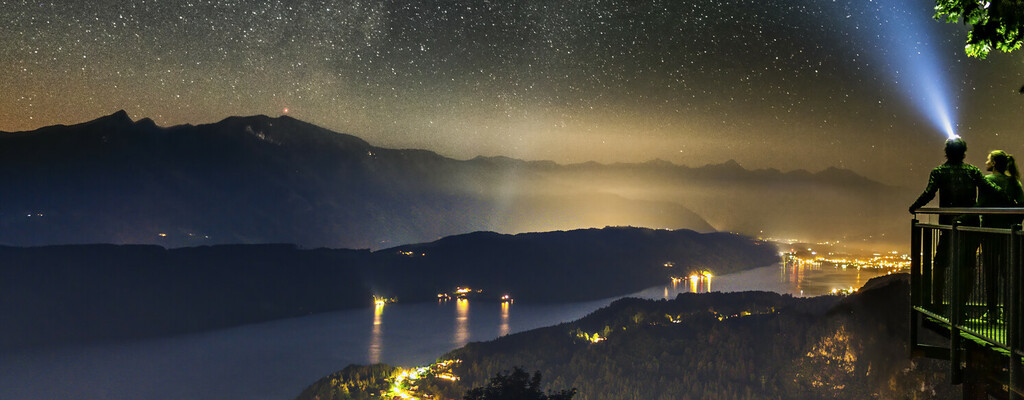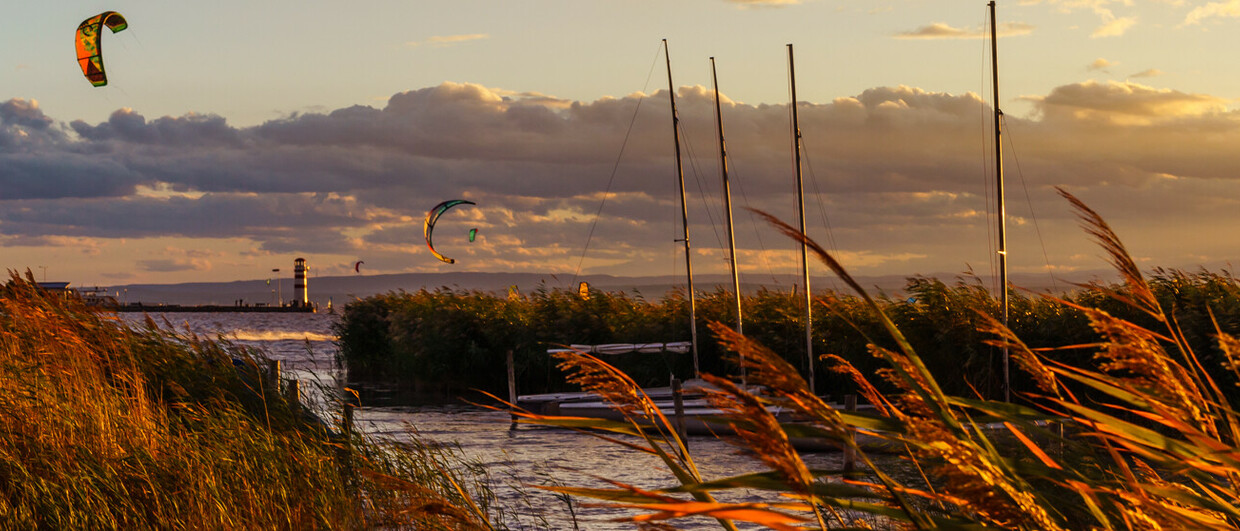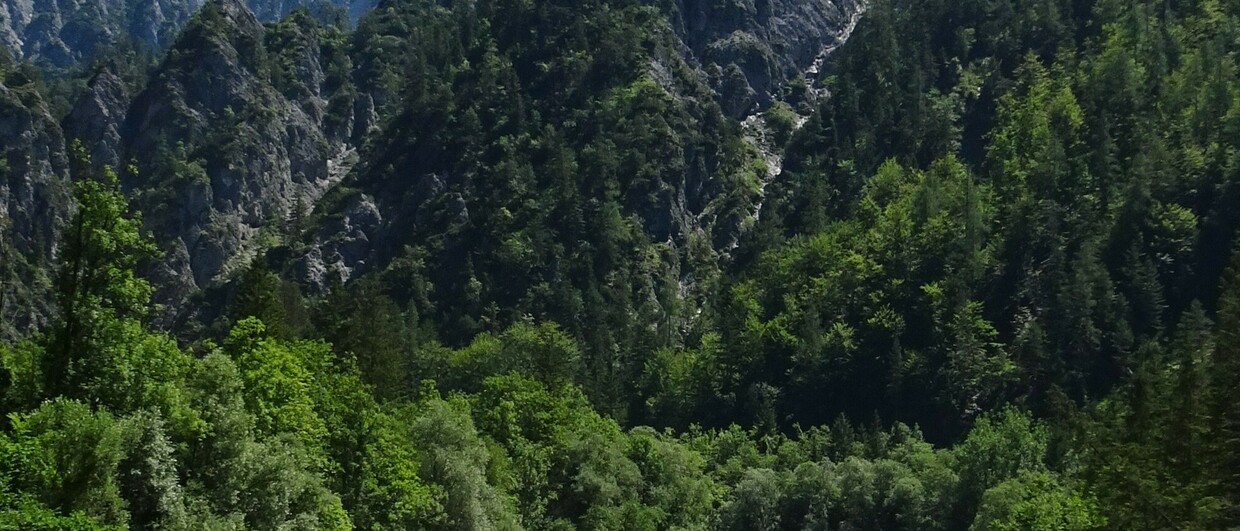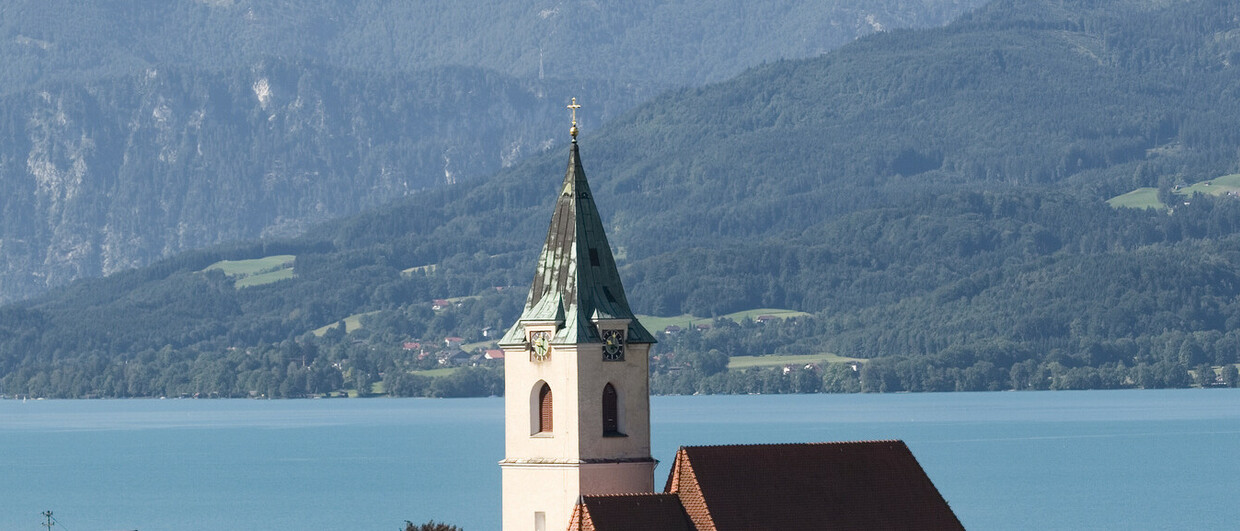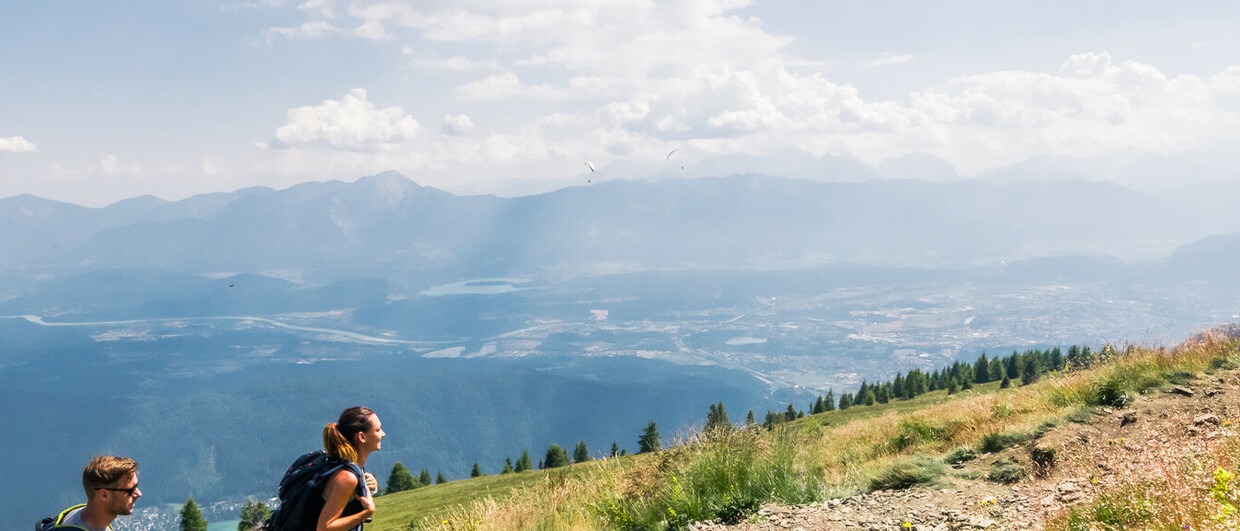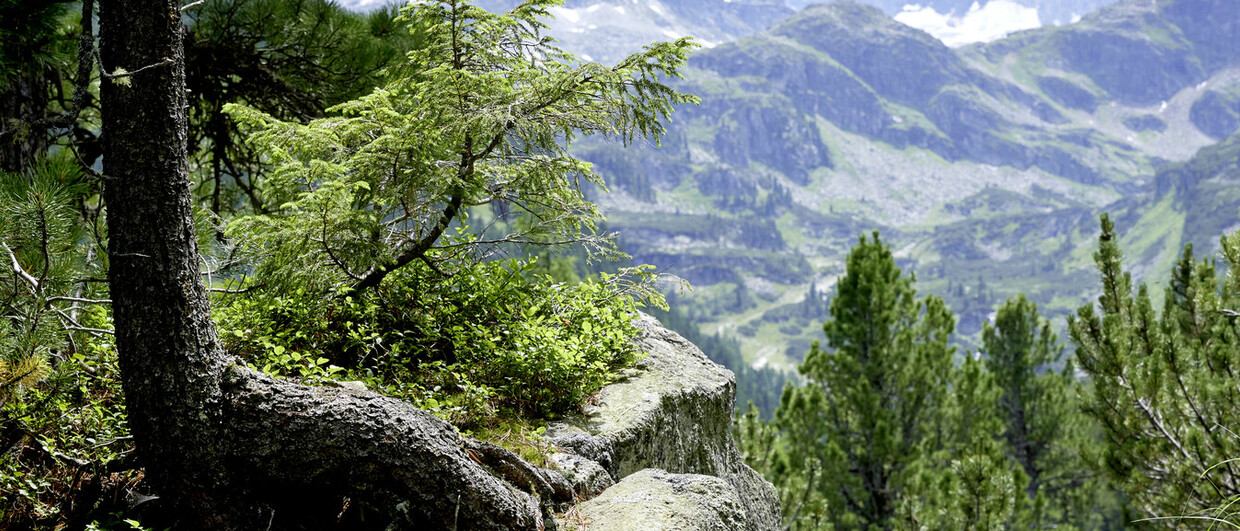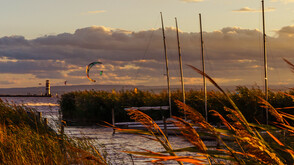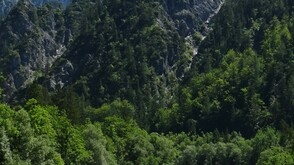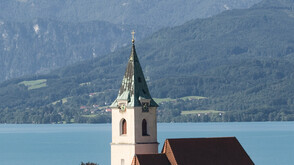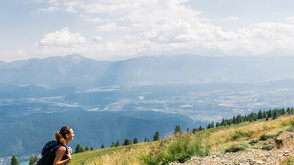Astro-Austria: Stargazing At Europes Darkest Skies
Undisturbed beauty and no light pollution - why Austria is the best place to for stargazing in all of Europe.
Stargazing is one of the world’s oldest forms of entertainment and story-telling. Before we as humans had developed writing, agriculture, or mathematics, our ancestors were telling stories about the stars
Now in 2024, this ancient tradition is making a comeback! In an increasingly digital world, and post-covid, tourists are seeking authentic, natural experiences and astro-tourism provides just such an opportunity. Astro-tourism is a form of experiential tourism can range from night-time star gazing in “dark sky” locations or observatories to special events like solar eclipse or meteor showers.
Austria is one of the top locations in Europe to enjoy stargazing. This is due to it’s sparse population, extremely low levels of light pollution, and the vast array of mountain huts and alms available to sleep at out in the wilderness.
Astro-tourism is on the rise globally, four million people travelled to see this year’s solar eclipse, and the 2017 eclipse was one of the most watched events of the year (scientific, athletic, or entertainment) with 216 million people attempting to watch.
Susan Serven of DarkSky International, a non-profit organisation that seeks to protect our nighttime skyscape, told the Evening Standard that ‘We have seen an increase in people interested in dark sky tourism… It’s good for people, good for economic development, good for the planet. It has positive impacts on wildlife, biodiversity and human health. It also maintains our human connection to the night sky, which every generation before ours has had access to.’
Night-time light pollution impacts around 80 per cent of the world. As a result, 33 per cent of people on Earth cannot see see the glimmering band of the Milky Way.
With that in mind, here are the top 5 places in Austria to escape the city and connect with the stars.
Experience Europe’s Darkest Skies (Attersee – Upper Austria)
Attersee-Traunsee Nature Park, the largest in Upper Austria, covers 77 square kilometres and encompasses the Traun and Atterseer Flysch Mountains between Lakes Attersee and Traunsee. The park boasts some of central Europe's darkest night skies, offering panoramic vistas from its unforested hilltops and was Autria’s first Dark Sky Park! You can also visit the Gahberg observatory, located at 860 metres above sea level and is about 15 minutes by car from Weyregg am Attersee. It has an extensive selection of special telescopes for lunar, solar and planetary observation, as well as for observing faint objects.
Oberösterreich allows camping above the tree line and away from fields if you want to try some wild camping! Attersee is not far from the beautiful city of Salzburg which is home to the VEGA Observatory, one of the most powerful public observatories in Central Europe.
Sleep At An Observatory (Gerlitzen – Carinthia)
Gerlitzen is a beautiful place to ski in winter, but in summer it transforms in an adventure wonderland with hiking and mountain biking trails suitable for all ages, as well as watersports on the lake and paragliding from the peaks of the Gerlitzen Alpe. The Nockberge region in Carinthia is the best place for stargazing for amateur astronomers.
The Alpe itself is littered with mountain huts, one of which is run by Hans Köchl and his wife Ingrid. It’s the only public observatory in a hotel that features a reflecting telescope which can measure fine details and is much larger than the usual equipment of an amateur astronomer. He regularly offers guided tours for guests and shows them the night sky. “The observatory is the ultimate attraction of the hotel. When we go outside after a particularly intense observation of the night sky, the guests have a big smile on their faces because they’ve seen so many fascinating things”, Köchl says.
Europes Best View Of The Milky Way (Gesäuse National Park – Styria)
To see the bright band of the Milky Way you need minimal light pollution and a clear sky. Thankfully, Gesäuse National Park in Styria boasts some of the darkest skies in Europe due to the distance from major cities like Vienna, Graz, Salzburg and Linz. An amazing 6000 stars are visible to the naked eye (check out this light pollution map to see the best spots)!
The National Park itself offers photo workshops and dates for "Sternderl-Schauen" (stargazing), as well as guided tours of the area in order to prevent the local nochturnal wildlife from being disturbed.
If you can, a few hours drive from the national park is the city of Graz, home to the highest observatory in the entire world!
Stargazing On The "Sea of the Viennese." (Lake Neusiedl – Vienna)
A third of the surface of Lake Neusiedl is covered with reeds up to three meters high. Lake Neusiedl is the third largest lake in Central Europe, located south of Vienna near the Hungarian and Slovenian border. The entire lake basin has been a nature park for more than 20 years and is a UNESCO World Heritage site known as the "Sea of the Viennese." It is a beautiful place for stargazing on the lake-shore or from a boat on the lake itself!
You can roll this trip into a visit to the Kuffner Observatory. The planetarium offers astronomic guided tours and, weather-permitting, you can look at the stars with the large telescope constructed in 1889.
The Oldest Huts In Austria (National Park Hohe Tauern – Tirol)
Nestled in the Hohe Tauern National Park is the Naturhotel Outside, the perfect place to connect with nature and the stars. Perched in the mountains means there is little light or air pollution, giving you a crystal clear view of the night sky on cloudless nights. You can even stargaze from the comfort of your own bed!
Humans have been stargazing here for millenia, the Defereggental Valley is home to Jagdhausalmen, the oldest mountain huts in Austria, with 15 stone huts and one chapel nestles between craggy rocks and lush meadows.
For a holiday in Hohe Tauern National Park, you can fly into Innsbruck itself, one of the most spectacular approaches to an alpine airport in the whole world.
Other suggestions:
- Dürrenstein Wilderness Area - https://www.lower-austria.info/excursion-destinations/a-duerrenstein-wilderness-area
- Millstaeter See - Carinthia - https://biwaks.millstaettersee.com/en/romantic-holidays-in-carinthia.html
- Zell am See-Kaprun - https://zellamseekaprun.at/10-unforgettable-summer-adventures-in-zell-am-see-kaprun/
- Zauchensee (Path of the Moon/Observatory) - https://www.altenmarkt-zauchensee.at/en/activities/mondweg.html
Photos available below. Please include photo credits.

